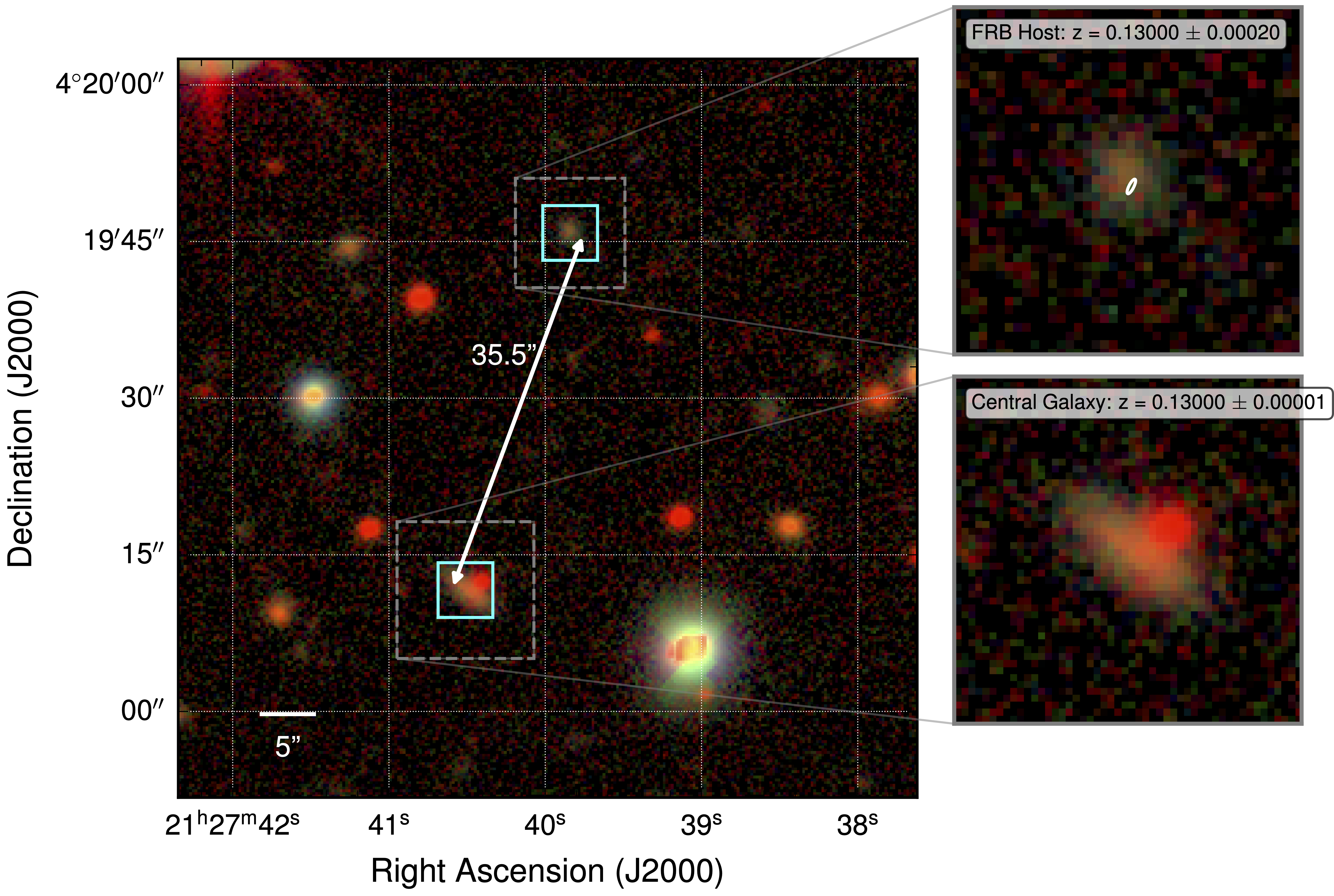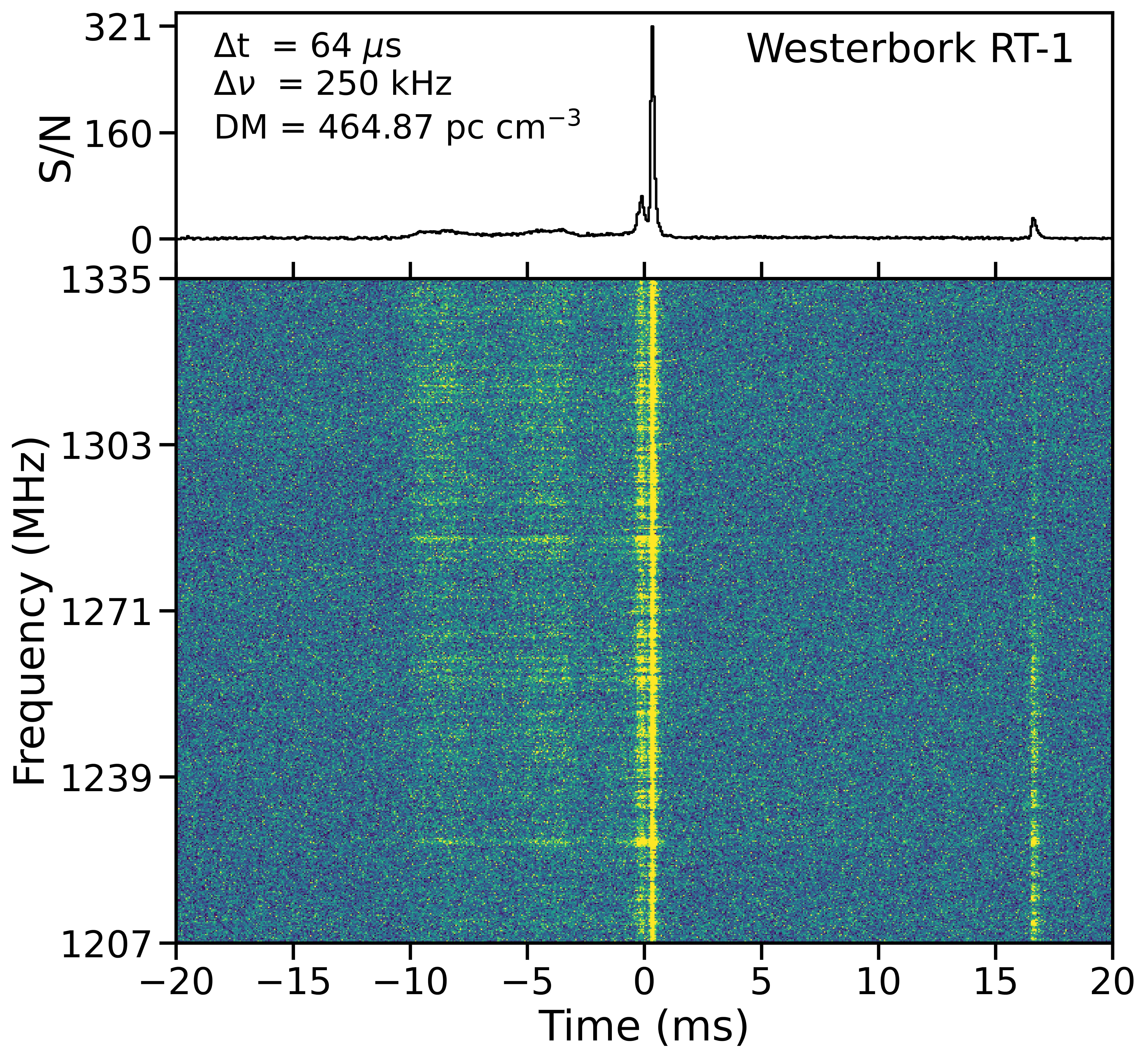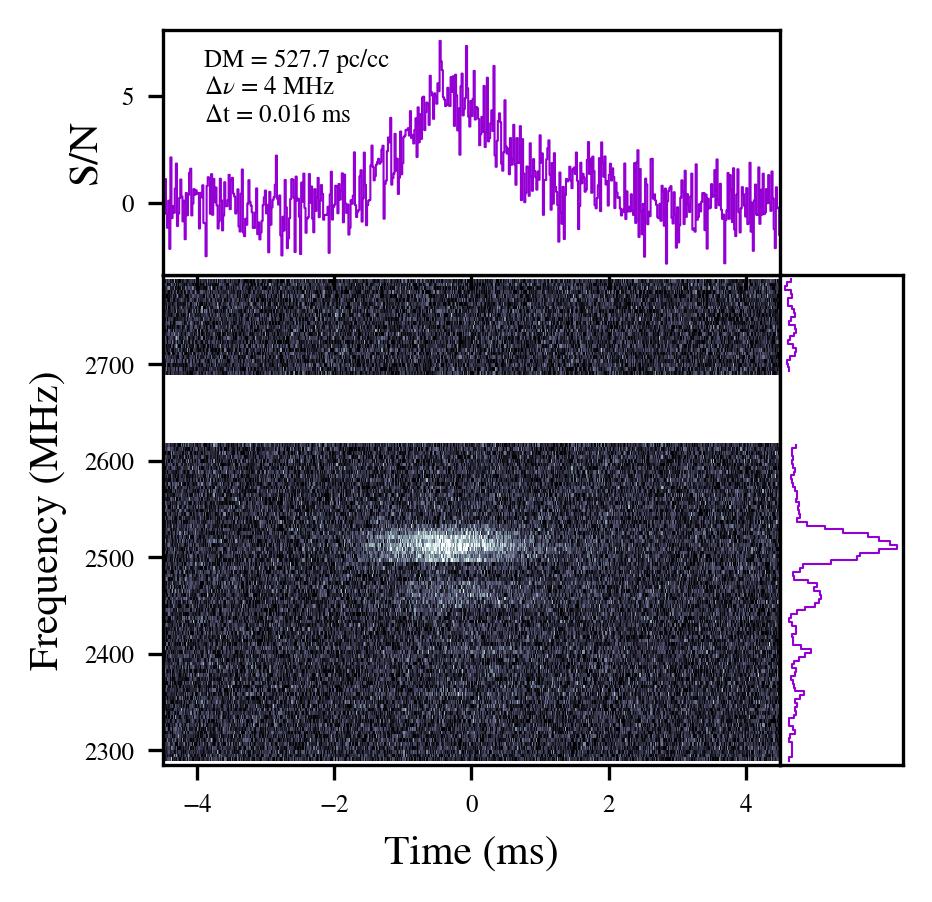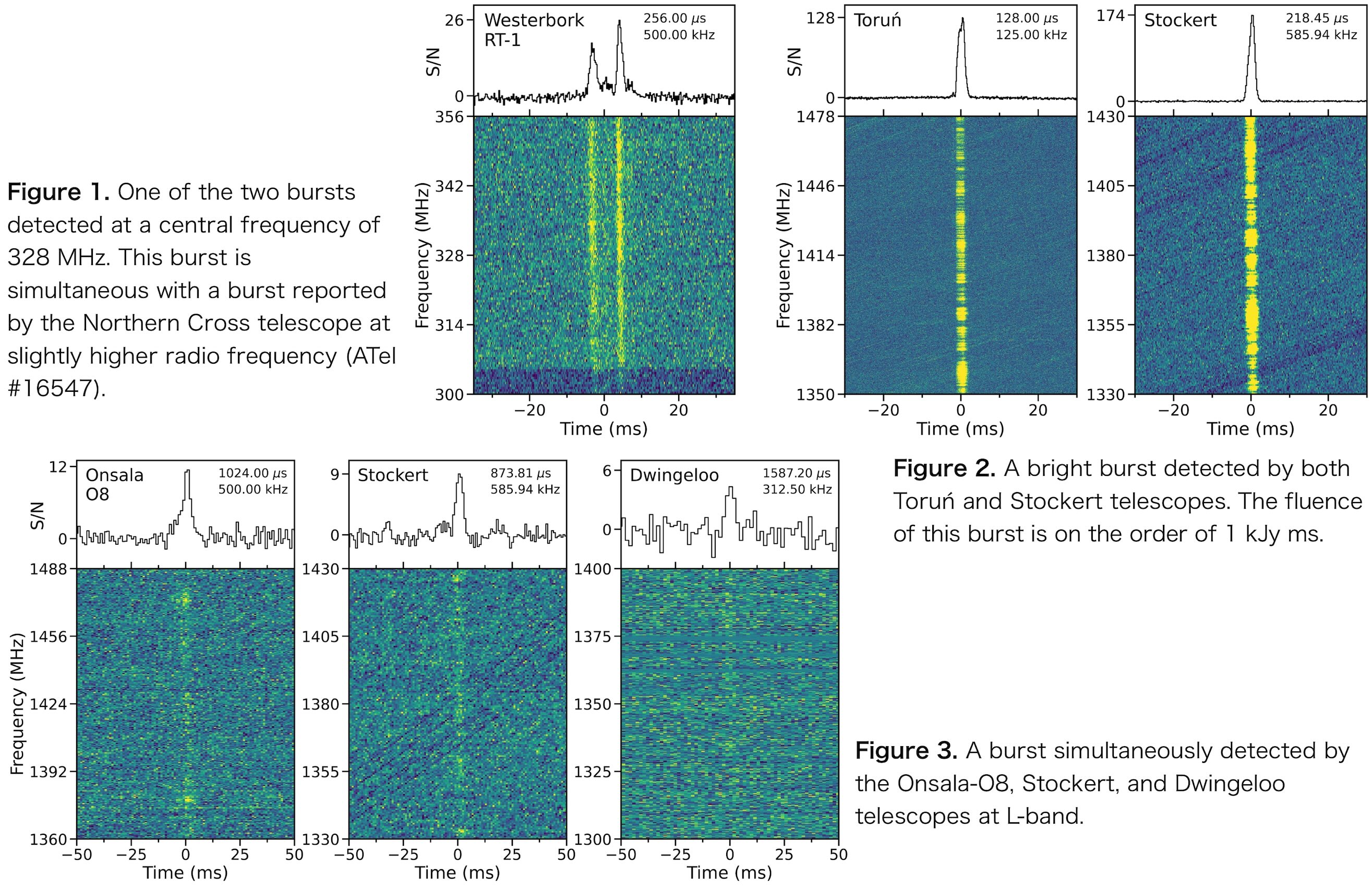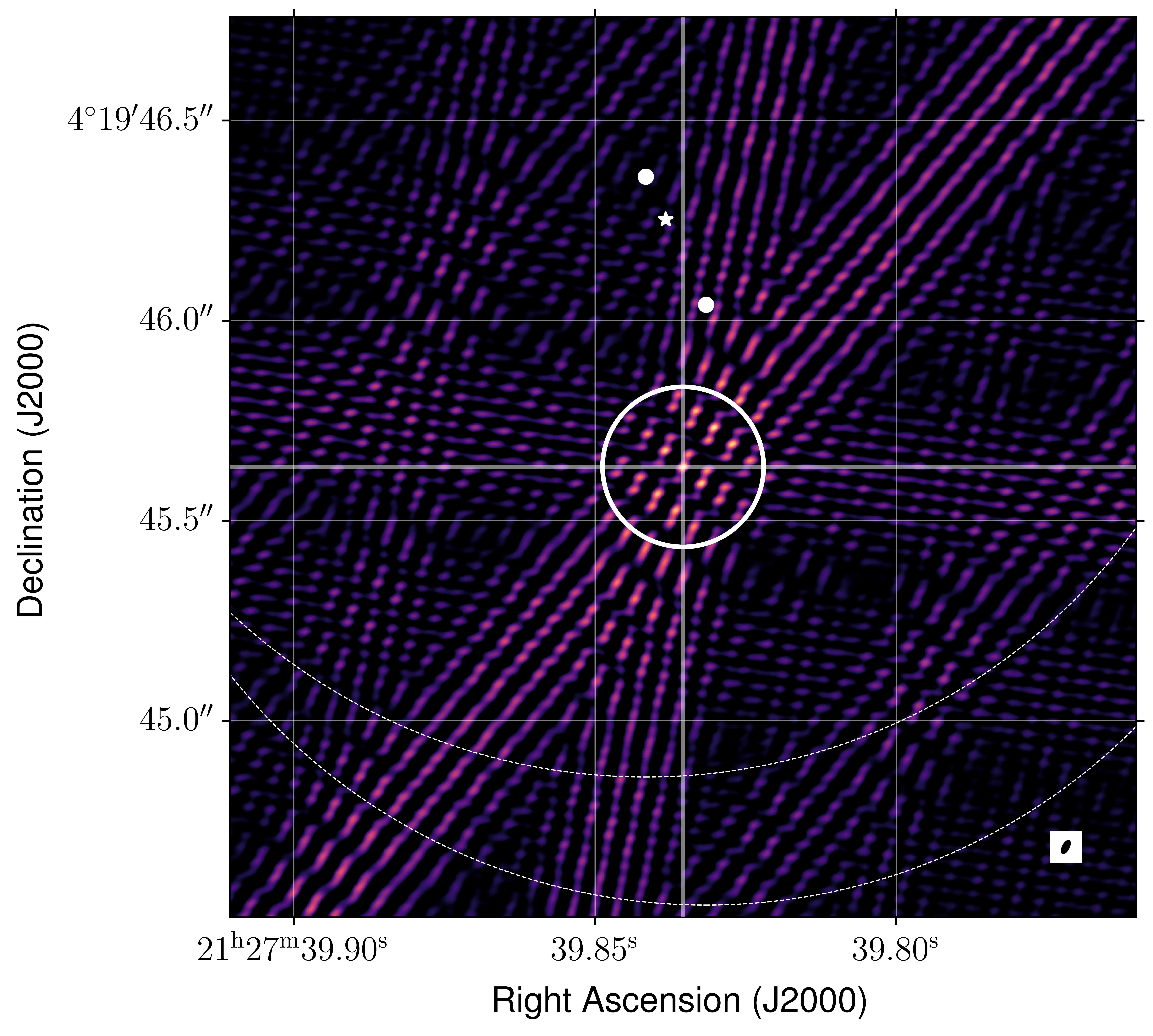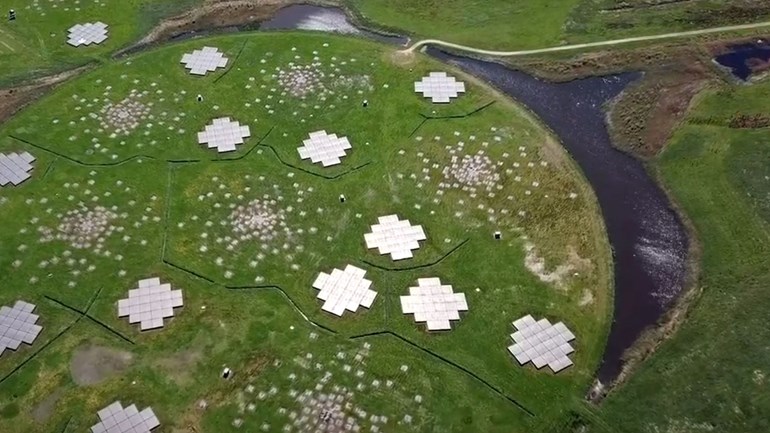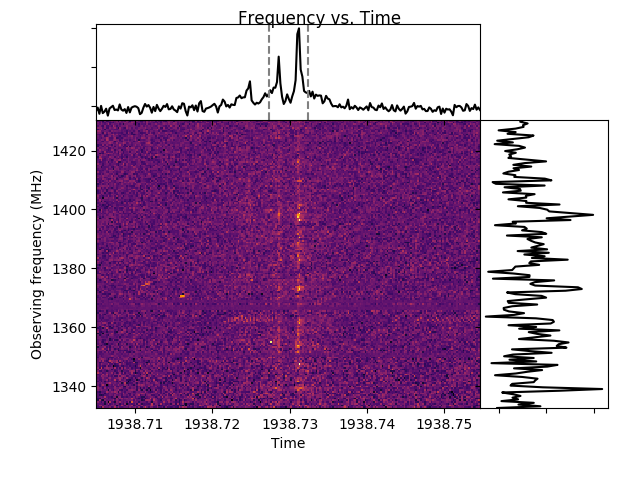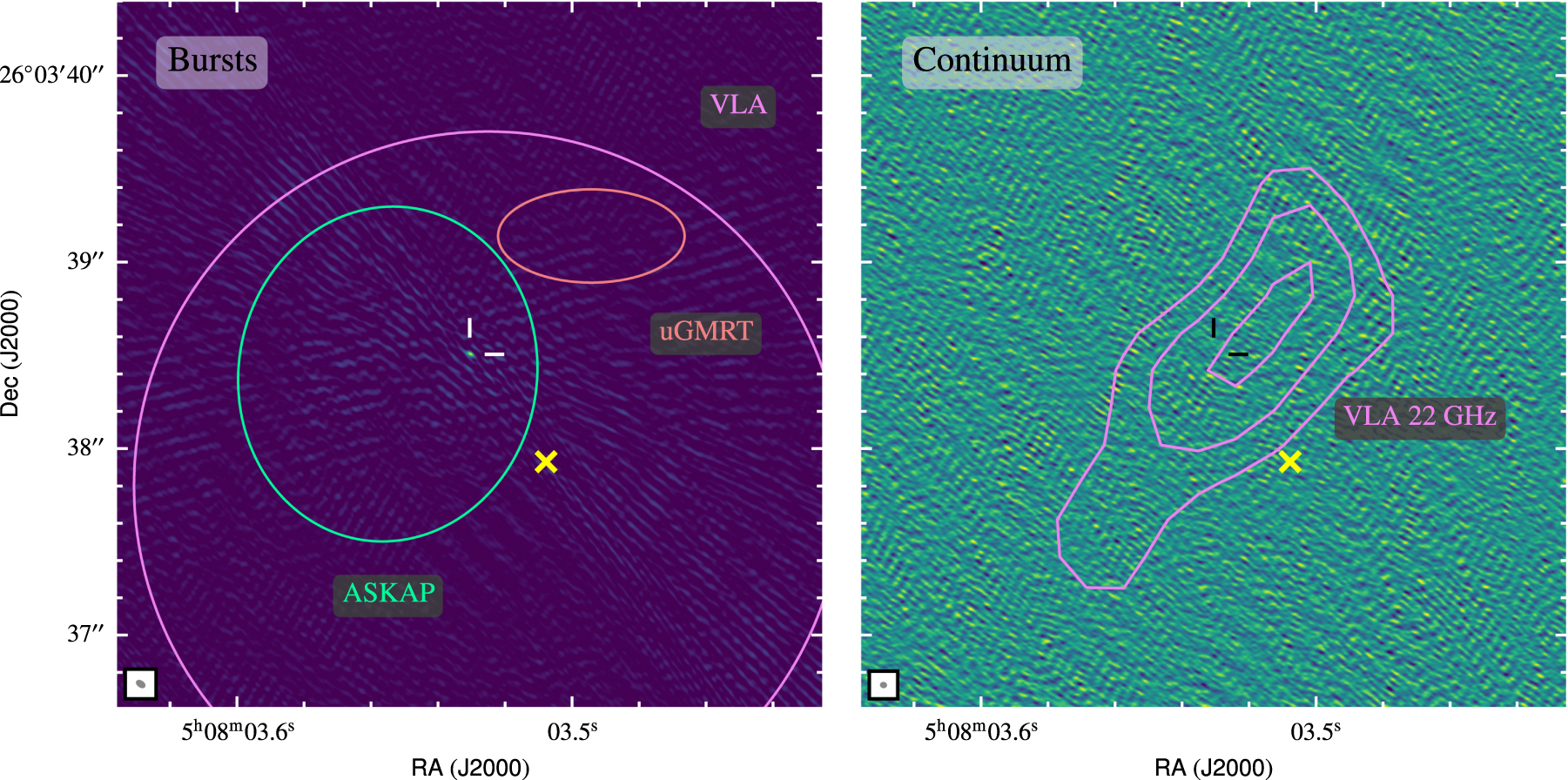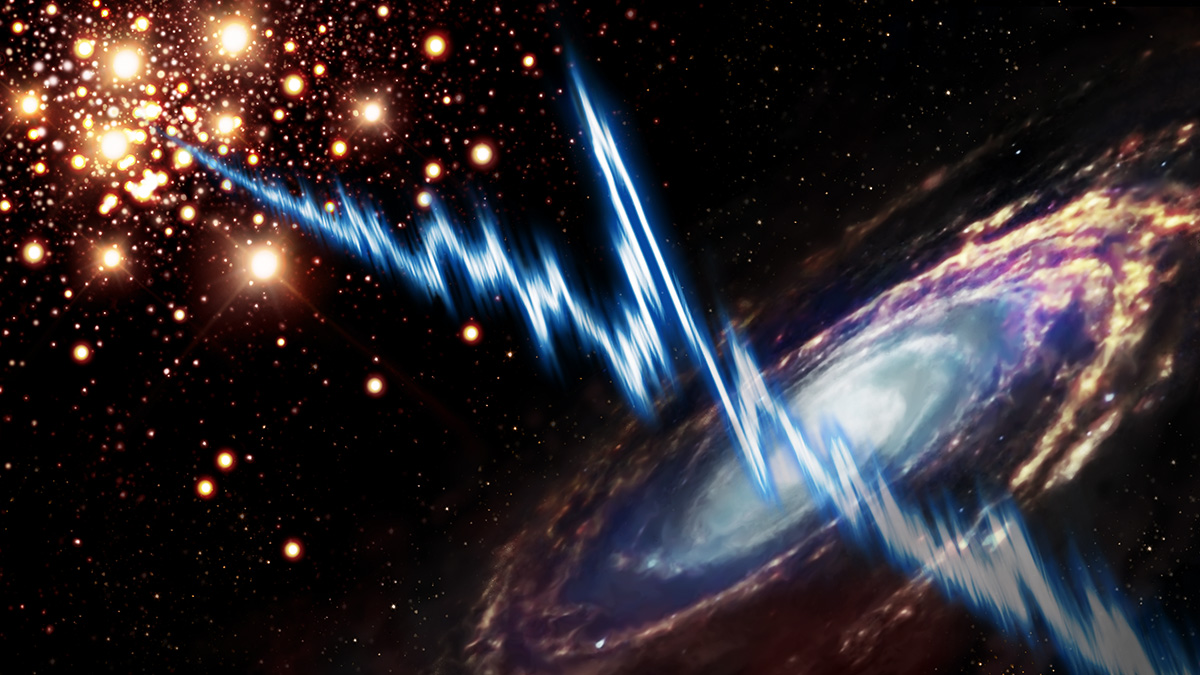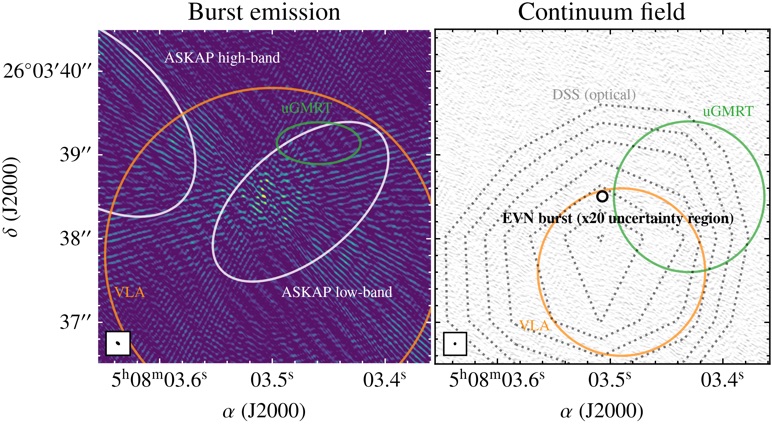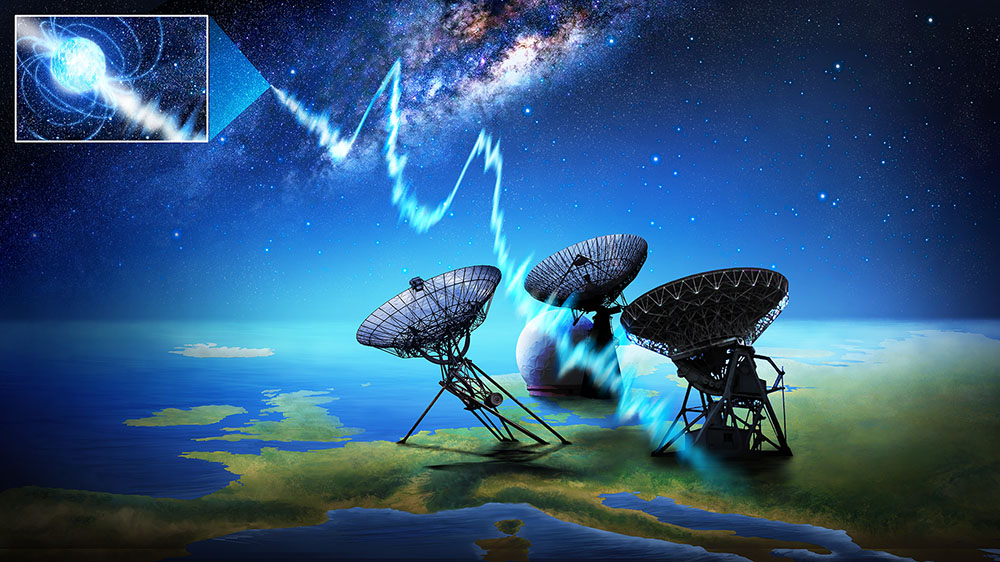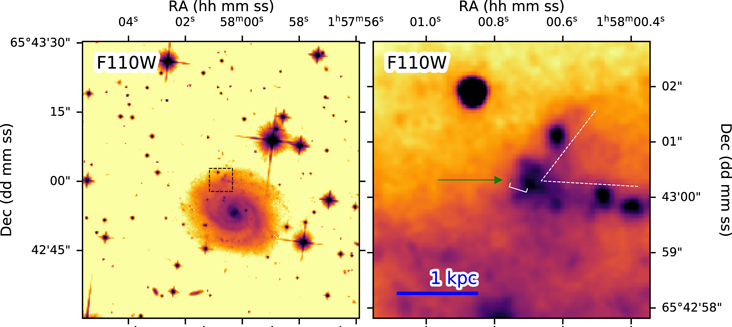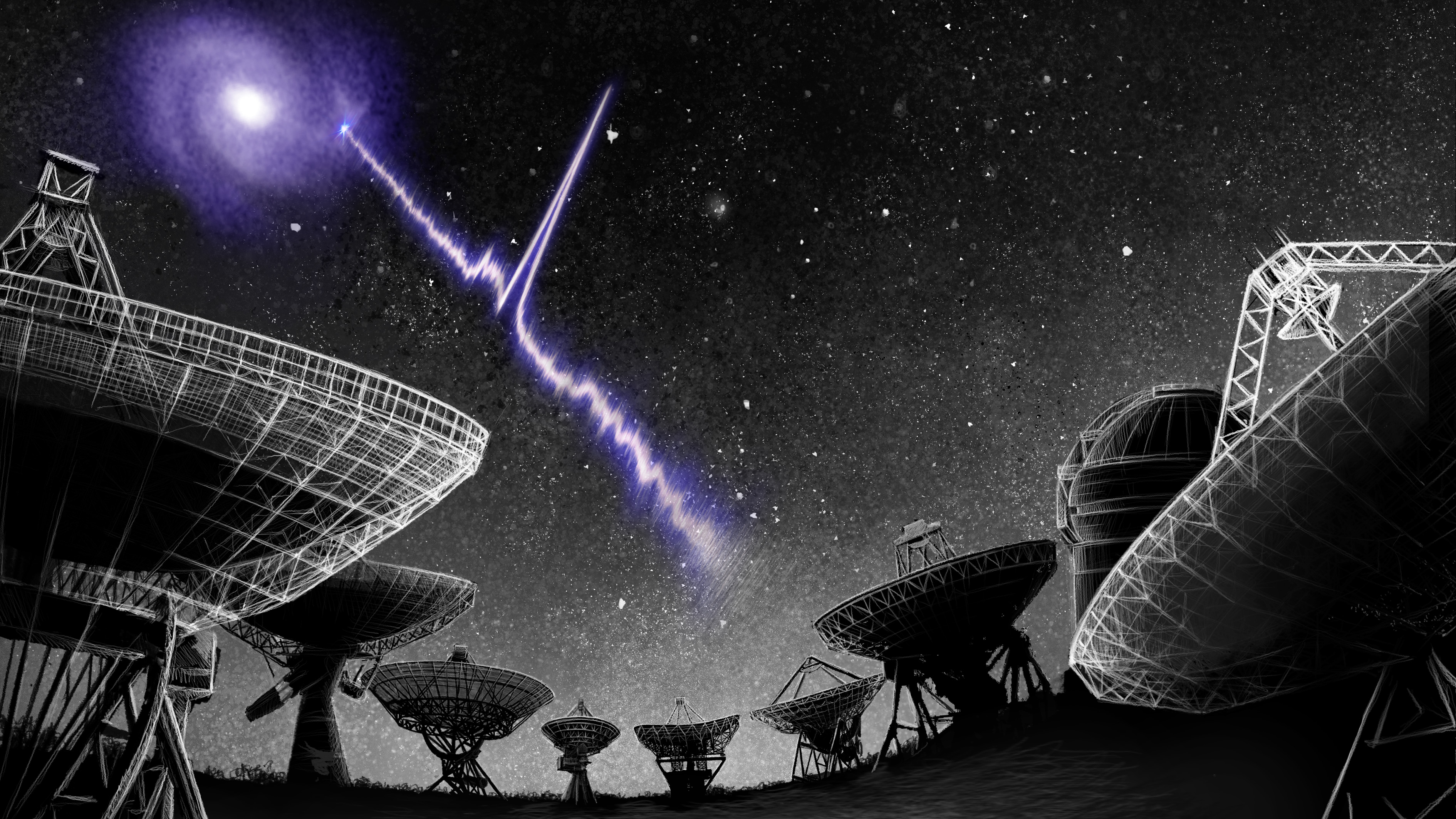 November 08, 2025
November 08, 2025
Fast radio bursts (FRBs) are sufficiently energetic to be detectable from luminosity distances up to at least seven billion parsecs (redshift z>1). Probing the maximum energies and luminosities of FRBs constrains their emission mechanism and cosmological population. Here we investigate the maximum energetics of a highly active repeater, FRB 20220912A, using 1,500h of observations. We detect 130 high-energy bursts and find a break in the burst energy distribution, with a flattening of the power-law slope at higher energy. This is consistent with the behaviour of another highly active repeater, FRB 20201124A. Furthermore, we model the rate of the highest-energy bursts and find a turnover at a characteristic spectral energy density of Echarν = 2.09+3.78-1.04×1032 erg Hz-1. This characteristic maximum energy agrees well with observations of apparently one-off FRBs, suggesting a common physical mechanism for their emission. The extreme burst energies push radiation and source models to their limit.
Ould-Boukattine, O.S., et al. 2025, MNRAS.

